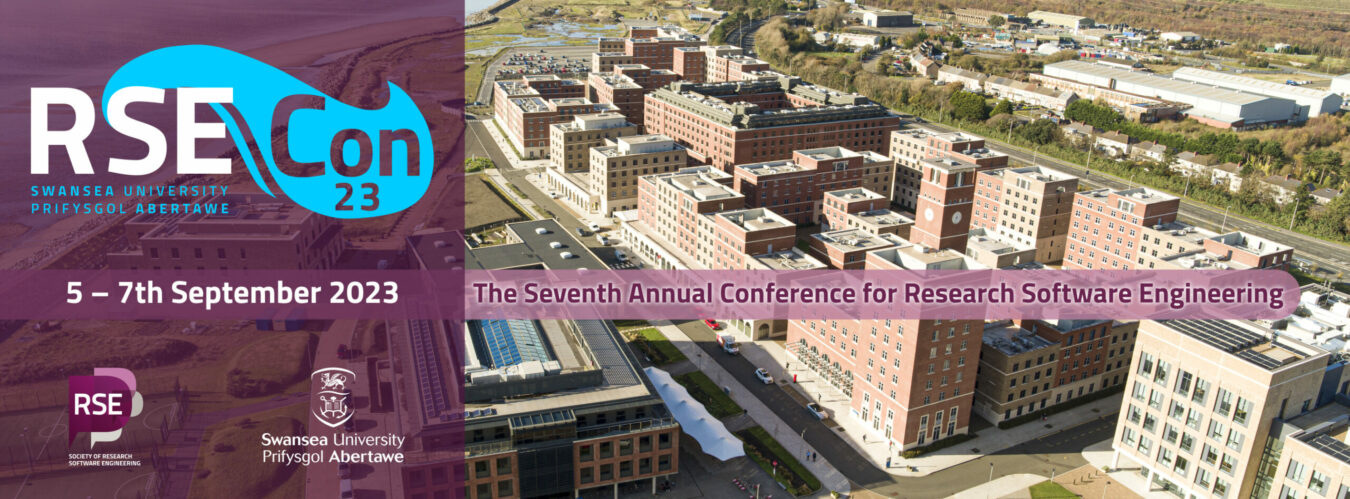Wales for the unfamiliar
Wales is similar to the rest of the UK in most regards.
Language
English is the first language of most people in the Swansea area. Public bodies in Wales offer all services in the Welsh language—for example, road signage and documentation will be bilingual—however, you do not need to know Welsh to get around Swansea.
Electricity
Electricity in the UK is 240V AC, and uses a type G socket. (Bathrooms frequently provide a BS 4573 socket for shavers and electric toothbrushes; these are not suitable for plugging a European two-pin plug into.)
Currency
The UK uses the Pound Sterling (GBP) as its currency. Debit and credit cards are commonly accepted in most venues, via Chip and Pin or contactless payment (including Apple and Android Pay). Since the COVID-19 pandemic, some venues have stopped accepting cash payments. The £50 note is commonly not accepted by most venues due to its rarity; if ordering money from a bureau de change, then requesting £20 denominations is recommended.
Weather
Daytime temperatures in Swansea in September are typically around 18°C. September has changeable weather, so there may be long periods of sunshine, or many rainy days. The Bay Campus’s coastal position also gives it some strong winds—a raincoat is recommended over an umbrella.
Stick around!
Swansea is the gateway to the Gower peninsula, the UK’s first Area of Outstanding Natural Beauty. Early September is frequently one of the best times of year weather-wise, so we would strongly recommend you to stay for a long weekend before or after the conference, if you are able.
Beaches
Whether you like to stroll, surf, swim, or just sunbathe, the Gower beaches are some of the best in Europe. All are accessible by bus or car (with a short walk to the sand in some cases), or by bike for the more athletic. Recommended options include Langland (beach huts, cafes), Three Cliffs (striking scenery, many footpaths), Oxwich (long sands, food options), Port Eynon (camping, fish and chips), and Rhossili (National Trust shop, Worm’s Head tidal island).
Ice cream
Swansea and South Wales saw a significant amount of Italian immigration in the 19th and 20th centuries, bringing with it some of the gelateria culture to the Swansea area. Recommendations include: Joe’s, Ripples, and Verdi’s.
Museums
- Swansea Museum, the oldest museum in Wales
- National Waterfront Museum, hosting artefacts of Swansea’s industrial heritage
- The Egypt Centre, on Swansea University’s Singleton Campus, is one of the largest collections of ancient Egyptian artefacts in the UK
- Glynn Vivian Art Gallery regularly hosts visiting exhibitions as well as displaying from its own collection
- Gower Heritage Centre features replica working exhibits demonstrating some aspects of historical local life and crafts
- Dylan Thomas Birthplace allows you to explore the former home of the world-renowned poet
Getting around
Swansea has a good range of bus routes covering most of the city and Gower; depending on your plans, the timings may or may not be convenient. Routes can be planned using Traveline. There is a Nextbike/Santander Cycles bike hire scheme with stations along the curve of Swansea Bay—the route is almost completely flat and separated from traffic. Venturing into Gower the terrain is hillier and the routes are shared with cars, so would be better suited for the more athletic cyclist. Car hire is available from Enterprise or Day’s.
